Have you ever wondered why some metal surfaces shine brilliantly while others have a matte finish? Metal surface finishing is the secret behind these varied appearances and enhanced functionalities. This process not only elevates the visual appeal of metal objects but also boosts their durability and resistance to wear and corrosion.
Whether you’re an industry professional seeking to improve product quality or a DIY enthusiast curious about metalwork, understanding metal surface finishing is essential. In this article, we’ll delve into the top 10 metal surface finishing types, shedding light on their unique processes and benefits to help you make informed choices.
Understanding Metal Surface Finishing
CNC Machining for custom metal parts leverages computer numerical control to operate machine tools with
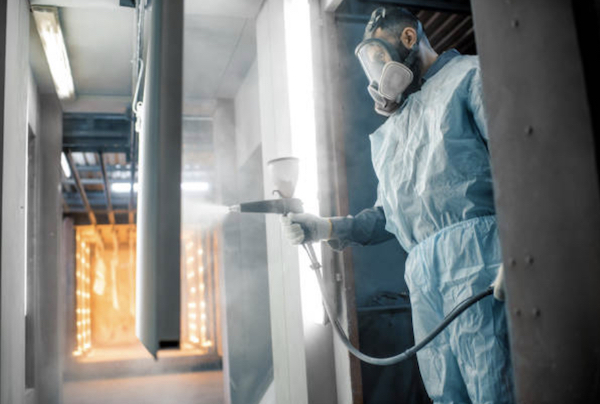
What is Metal Surface Finishing?
Metal surface finishing involves altering the surface of a metal object to achieve desired properties such as enhanced appearance, increased durability, and improved corrosion resistance. The finishing process can involve mechanical, chemical, or electrochemical treatments.
Importance of Metal Surface Finishing
Metal surface finishing is essential for protecting metal parts from environmental damage, improving their aesthetic appeal, and extending their lifespan. It also plays a critical role in ensuring the functionality and performance of metal components in various industries, including automotive, aerospace, and consumer electronics.
1. Electroplating
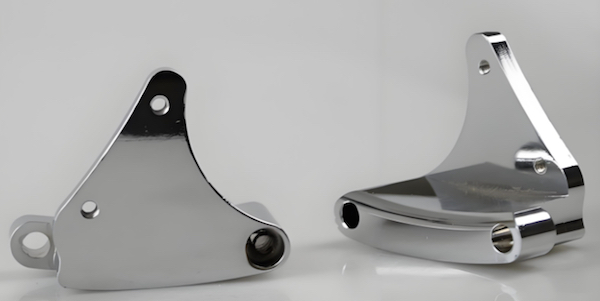
Process Overview
Imagine turning a dull, ordinary metal object into a gleaming, high-performance component with just a thin layer of precious metal. That’s the magic of electroplating! This fascinating process involves using an electric current to deposit a fine layer of metal onto the surface of a workpiece.
The result? A stunning transformation that not only enhances appearance but also reduces friction, improves corrosion resistance, and increases thickness. Whether you’re looking to give your metal parts a luxurious finish or boost their durability, electroplating offers a versatile solution that caters to various needs.
Advantages and Applications
Electroplating is a powerhouse technique in the world of manufacturing, revered for its ability to produce a smooth, shiny finish that can withstand the test of time. In the automotive industry, it’s used to create parts that not only look good but also resist the wear and tear of everyday use.
Aerospace companies rely on electroplating to ensure their components are both lightweight and durable, critical for performance and safety. Meanwhile, the electronics industry benefits from the enhanced conductivity and corrosion resistance that electroplating provides.
By choosing electroplating, you’re opting for a method that combines beauty with functionality, ensuring your metal components are not just visually appealing but also built to last.
2. Anodizing
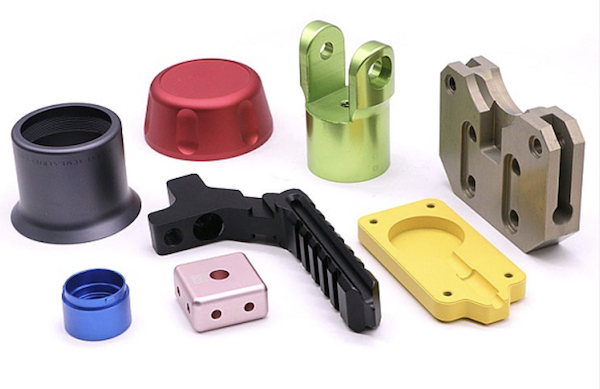
What is Anodizing?
Transforming the ordinary into the extraordinary with a process that not only fortifies metal but also adds a splash of color. Anodizing is an electrochemical marvel that converts the surface of a metal into a decorative, durable, and corrosion-resistant oxide finish.
This process is particularly popular for aluminum parts, giving them a tough, protective layer that looks as good as it performs. Whether you’re aiming for a sleek, modern look or a burst of vibrant color, anodizing offers a versatile solution that brings both aesthetics and functionality to the table.
Benefits and Common Uses
Anodizing is a game-changer in the world of metal finishing. By enhancing the durability of metal components, it ensures they stand up to the rigors of everyday use and harsh environmental conditions. But the benefits don’t stop there.
Anodizing also allows for coloring, making it possible to achieve a range of hues from bold and bright to subtle and sophisticated. This versatility makes anodizing a go-to choice in various industries. In architecture, it adds a stylish and protective finish to building exteriors.
For consumer goods, it provides a durable and attractive coating for items like smartphones and kitchenware. In aerospace, anodizing is crucial for parts that must endure extreme conditions without compromising on performance.
By opting for anodizing, you’re investing in a finish that’s as durable as it is beautiful, ensuring your metal parts not only look great but also last longer.
3. Powder Coating
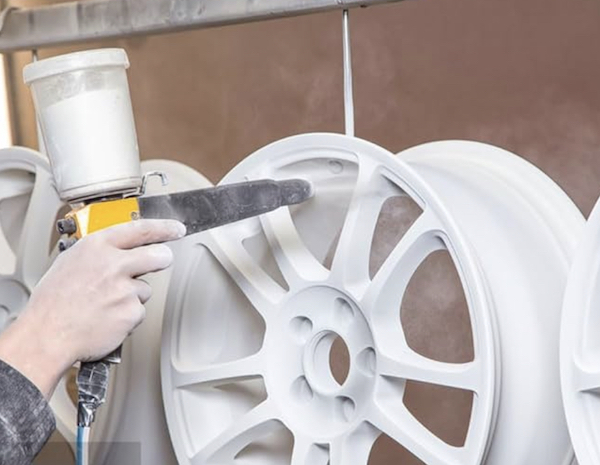
How Powder Coating Works
Enter powder coating, a revolutionary finishing process that does just that. This method begins with applying a dry powder to the metal surface. Unlike traditional liquid paints, this powder is electrostatically charged and then sprayed onto the part.
The magic happens when the coated part is heated in a curing oven, causing the powder to melt and flow into a smooth, solid layer. The result? A high-quality, durable finish that’s both visually appealing and environmentally friendly.
Pros and Cons
Powder coating is a favorite among manufacturers for good reason. Its thick, uniform layer provides exceptional resistance to chipping, scratching, and fading, ensuring that metal parts maintain their pristine appearance over time. This robust finish makes it ideal for a wide range of applications, from automotive parts to outdoor furniture, and even industrial machinery. On the environmental front, powder coating shines as well, producing less waste and emitting fewer volatile organic compounds (VOCs) compared to traditional painting methods.
However, like any process, powder coating has its limitations. It may not be the best choice for thin or flexible metal parts, as the coating can crack under stress. Despite this, the myriad benefits of powder coating—its durability, aesthetic versatility, and eco-friendliness—make it an outstanding option for many applications. By choosing powder coating, you’re not just opting for a beautiful finish; you’re also investing in a sustainable, long-lasting solution that meets the demands of modern industry.
4. Galvanizing
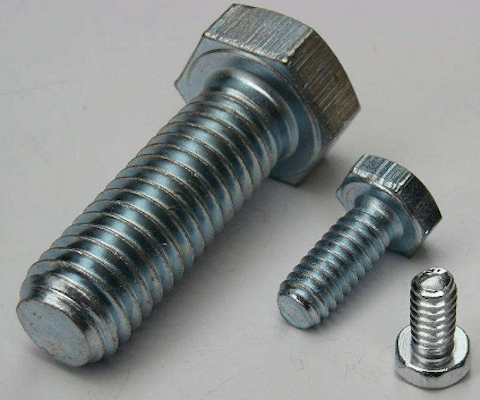
Understanding Galvanizing
Imagine your metal structures and components standing up to the harshest elements without a trace of rust. This is the promise of galvanizing—a process that coats metal, typically steel or iron, with a protective layer of zinc. The magic of galvanizing lies in its ability to create a robust barrier against corrosion.
This process can be achieved through two primary methods: hot-dip galvanizing, where the metal is submerged in molten zinc, and electro-galvanizing, which uses an electric current to apply the zinc layer. Both techniques offer unparalleled protection, ensuring that your metal remains strong and rust-free for years to come.
Industries and Applications
Galvanizing has become a cornerstone in various industries, thanks to its exceptional ability to shield metal from corrosion. In construction, galvanized steel is a preferred choice for structural beams, bridges, and roofing materials due to its durability and low maintenance requirements.
The automotive industry relies on galvanized components to enhance the longevity of vehicles, protecting them from rust and wear caused by exposure to road salts and moisture.
In the marine sector, galvanizing is indispensable for safeguarding ships, docks, and offshore platforms against the relentless assault of saltwater and marine environments.
The cost-effectiveness of galvanizing further amplifies its appeal. It offers long-term savings by significantly reducing the need for frequent repairs and replacements. By investing in galvanized metal, you’re not only ensuring superior protection and durability but also making a financially sound decision that benefits your projects and operations in the long run.
With galvanizing, you get the best of both worlds—robust, corrosion-resistant metal that stands the test of time and a cost-effective solution that delivers exceptional value.
5. Sandblasting
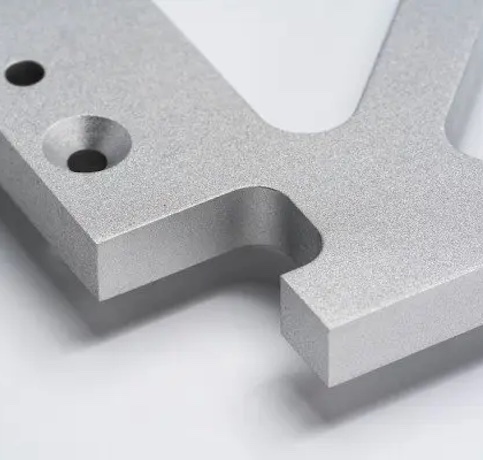
Process of Sandblasting
Imagine restoring a rusty, old metal surface to its original glory, or preparing it perfectly for a new finish. Sandblasting is the key to achieving this transformation. This powerful process involves propelling a high-speed stream of abrasive material against the surface of a metal.
Whether you’re dealing with stubborn rust, old paint, or other surface contaminants, sandblasting effectively strips away these imperfections, leaving a clean, smooth surface ready for further treatment. The versatility of sandblasting makes it an essential tool in the arsenal of any metalworker or industrial professional aiming for perfection.
When to Use Sandblasting
Sandblasting isn’t just about cleaning; it’s about preparation and precision. When you’re gearing up to apply a new finish, whether it’s paint, powder coating, or another protective layer, a pristine surface is crucial for optimal adhesion and durability.
This is where sandblasting shines. By thoroughly cleaning and etching the metal surface, it ensures that the new coating bonds seamlessly and lasts longer.
In industrial applications, sandblasting is indispensable for maintaining machinery and equipment, ensuring they perform at their best and have a prolonged lifespan. In the automotive world, it plays a vital role in refurbishing parts and preparing vehicles for a flawless paint job.
The benefits extend to various other fields, including construction and shipbuilding, where clean, well-prepared surfaces are paramount.
Choosing sandblasting means opting for a process that delivers efficiency, effectiveness, and excellence. It’s a commitment to quality, ensuring that every subsequent finish applied to the metal is as durable and pristine as possible.
By incorporating sandblasting into your workflow, you set the stage for superior results, making it an invaluable step in the metal finishing journey.
6. Polishing
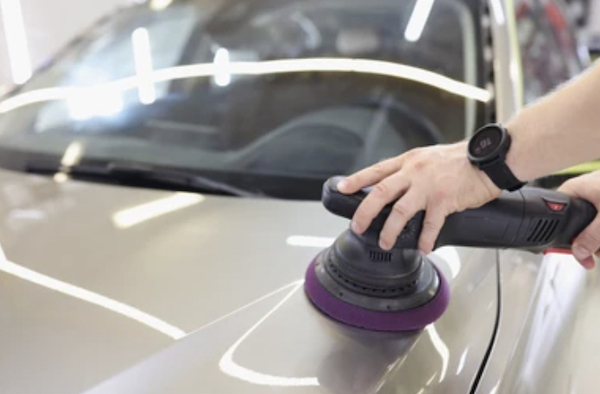
Techniques in Metal Polishing
Imagine turning a dull, lifeless metal surface into a mirror-like masterpiece that gleams with brilliance. This is the art of metal polishing. Polishing involves using abrasive materials to meticulously smooth and shine the metal surface, creating a finish that’s not only visually stunning but also incredibly smooth to the touch. There are various techniques to achieve this level of perfection:
- Mechanical Polishing: This technique uses abrasive belts, wheels, or pads to physically grind and smooth the metal surface. It’s ideal for removing imperfections and achieving a high-gloss finish.
- Chemical Polishing: By immersing the metal in a chemical solution, this method removes surface material and enhances smoothness and reflectivity without physical abrasion.
- Electropolishing: Often referred to as “reverse plating,” electropolishing uses an electrolytic solution to remove a thin layer of metal, polishing it to a high shine and improving its corrosion resistance.
Each technique has its unique advantages, making metal polishing a versatile solution for achieving impeccable surfaces.
Uses and Benefits
The benefits of metal polishing extend far beyond mere aesthetics. A polished metal surface not only looks spectacular but also offers enhanced functionality and longevity. Polishing is widely used across various industries and applications:
- Decorative Items: From jewelry to sculptures, polished metals add a touch of elegance and sophistication, transforming ordinary items into eye-catching pieces of art.
- Kitchenware: Polished kitchen utensils and appliances not only look more appealing but are also easier to clean, making them more hygienic and user-friendly.
- Medical Instruments: In the medical field, polished instruments are crucial. The smooth, shiny surfaces are easier to sterilize, reducing the risk of contamination and ensuring the highest standards of hygiene.
7. Buffing
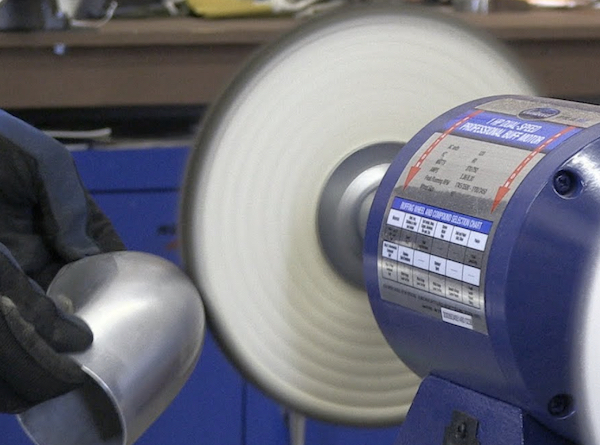
Difference Between Buffing and Polishing
Imagine you’ve polished a metal surface to near perfection, but you want to achieve that extra level of brilliance and smoothness. This is where buffing comes into play. Often confused with polishing, buffing is actually the final touch that elevates the finish to its highest potential.
While polishing uses abrasive materials to remove imperfections and smooth the surface, buffing employs a rotating wheel covered with a soft material, such as cloth or leather, to achieve a mirror-like shine. Buffing gently enhances the polished surface, giving it a lustrous, high-gloss finish that stands out.
Applications of Buffing
Buffing is the secret weapon for achieving that ultimate high-gloss finish that’s both visually striking and smooth to the touch. Its applications span across various industries, where a flawless finish is essential:
- Jewelry: In the jewelry industry, buffing is used to bring out the brilliance in precious metals and gemstones. The high-gloss finish not only enhances the aesthetic appeal but also adds value to the pieces.
- Automotive Parts: For car enthusiasts and manufacturers, buffing is crucial in producing parts with a sleek, reflective finish. From chrome bumpers to aluminum wheels, buffed components contribute to the overall look and quality of vehicles.
- Musical Instruments: Instruments like brass horns and guitars undergo buffing to achieve a shiny, professional look. The high-gloss finish not only makes them visually appealing but also ensures they stand up to regular use and handling.
Buffing doesn’t just add a beautiful finish; it also provides a layer of protection. The smooth, shiny surface is less prone to corrosion and easier to clean, maintaining its appearance and functionality over time. By incorporating buffing into your finishing process, you ensure that metal components not only look their best but also perform at their peak. Whether for enhancing luxury items or essential parts, buffing adds that final, indispensable touch of excellence.
8. Painting
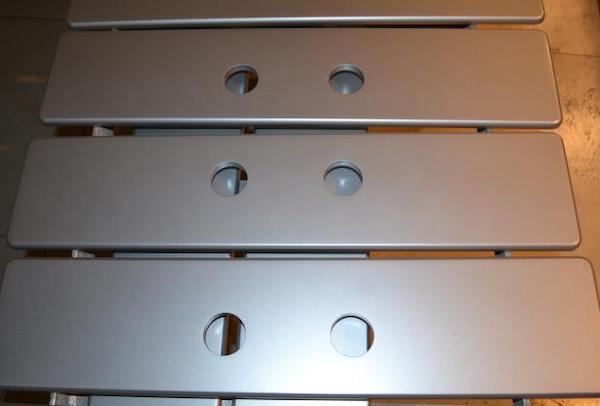
Metal Painting Techniques
Imagine transforming a plain metal surface into a vibrant, eye-catching masterpiece or a robust shield against the elements. Metal painting achieves this with remarkable ease. The process involves applying a protective and decorative paint layer to the metal surface, employing various techniques to suit different needs and finishes:
- Spray Painting: This popular method uses a spray gun to apply a fine mist of paint, ensuring an even coat. It’s ideal for achieving a smooth, uniform finish on complex shapes and large surfaces.
- Dip Painting: In this technique, the metal object is dipped into a vat of paint, coating it thoroughly. It’s perfect for parts with intricate designs or hard-to-reach areas.
- Electrostatic Painting: Utilizing an electric charge to attract paint particles to the metal surface, this method ensures a highly efficient and even coating, reducing waste and providing a durable finish.
Each technique offers unique benefits, making metal painting a versatile solution for enhancing both the appearance and protection of metal parts.
Advantages of Painting Metal
Painting metal surfaces isn’t just about adding a splash of color; it’s about providing a comprehensive shield against environmental factors and wear. Here’s why painting is a go-to choice for many industries:
- Protection Against Corrosion: A well-applied paint layer acts as a barrier, preventing moisture and oxygen from reaching the metal surface. This significantly reduces the risk of rust and corrosion, extending the lifespan of the metal.
- UV Resistance: Painted surfaces are shielded from the harmful effects of ultraviolet (UV) rays, which can cause fading, cracking, and deterioration over time. This is especially crucial for outdoor applications.
- Wear Resistance: A quality paint job adds a layer of protection against scratches, dents, and other forms of wear and tear, maintaining the metal’s integrity and appearance.
Beyond protection, painting offers unparalleled aesthetic versatility. With a wide range of color options and finishes available, it allows for endless customization. Whether you’re looking to match a specific color scheme, create a striking visual impact, or simply improve the look of a metal component, painting provides the flexibility to achieve your desired result.
From industrial machinery and automotive parts to decorative items and architectural elements, painting enhances both form and function. By choosing metal painting, you’re investing in a method that not only beautifies but also fortifies your metal surfaces, ensuring they look great and last longer.
9. Passivation
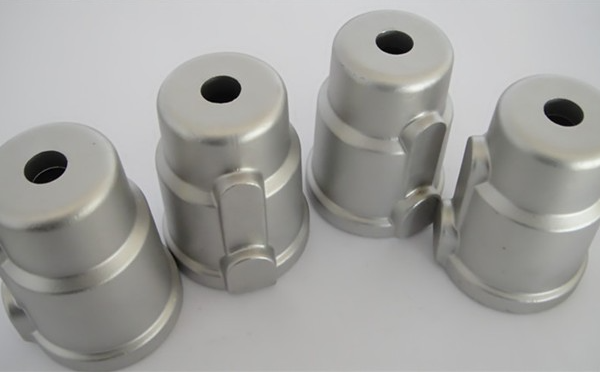
What is Passivation?
Stainless steel components that not only shine brilliantly but also stand up to the harshest conditions without a hint of rust. This is the power of passivation—a chemical treatment that elevates the durability and performance of metal surfaces.
Passivation works by immersing the metal in a passivating acid bath, which removes surface contaminants and forms a protective oxide layer. This process is crucial for stainless steel and other metals, ensuring they maintain their corrosion resistance and longevity, even in challenging environments.
Benefits and Applications
Passivation isn’t just a step in the manufacturing process; it’s a commitment to excellence and reliability. Here’s why passivation is indispensable:
- Enhanced Corrosion Resistance: The primary benefit of passivation is the enhanced corrosion resistance it provides. By creating a protective oxide layer, passivation ensures that the metal can withstand exposure to moisture, chemicals, and other corrosive elements, significantly extending its lifespan.
- Surface Cleanliness: Passivation removes impurities and contaminants from the metal surface, such as iron particles and other residues that could compromise the metal’s integrity. This results in a cleaner, more resilient surface.
- Improved Performance: The process not only protects the metal but also improves its performance in demanding applications. A passivated surface is less prone to corrosion-related failures, ensuring that the metal components function reliably over time.
The applications of passivation are vast and varied, reflecting its importance across multiple industries:
- Medical Devices: In the medical field, stainless steel instruments and implants must meet stringent standards for cleanliness and corrosion resistance. Passivation ensures these critical components remain sterile and safe for use.
- Aerospace: Aerospace components are exposed to extreme conditions, including temperature fluctuations and corrosive environments. Passivation enhances the durability and reliability of these parts, contributing to the overall safety and performance of aircraft.
- Food Processing Equipment: Stainless steel equipment used in food processing must be resistant to corrosion to prevent contamination and ensure food safety. Passivation plays a vital role in maintaining the hygiene and durability of these tools and machinery.
By choosing passivation, you’re not just opting for a chemical treatment; you’re investing in a process that guarantees the highest standards of quality and reliability. Whether in medical, aerospace, or food processing applications, passivated metal components deliver superior performance and peace of mind, ensuring that they meet and exceed industry standards.
10. Brushing
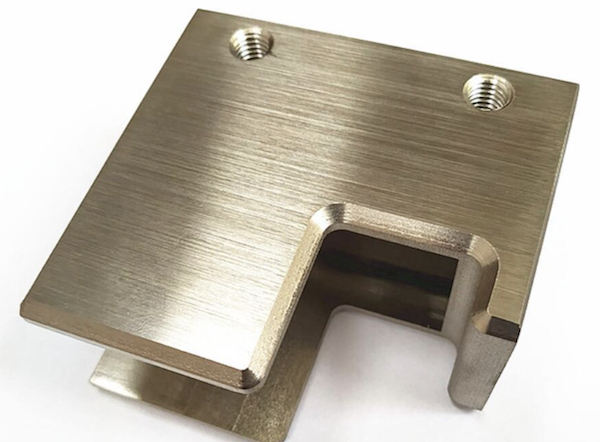
Brushing Techniques for Metals
Transforming a metal surface into a sleek, uniform masterpiece with a sophisticated matte finish. This is the magic of brushing, a technique that uses an abrasive brush to create a distinctive texture on metal surfaces.
The process involves methodically moving the brush across the metal, which removes surface imperfections and smooths out any rough edges. Brushing not only enhances the metal’s aesthetic appeal but also improves the adhesion for any subsequent coatings, ensuring a high-quality finish that lasts.
Common Uses and Benefits
Brushing is a versatile technique that finds its place in a wide range of applications, each benefiting from its unique ability to combine beauty and functionality:
- Stainless Steel Appliances: In the kitchen, brushed stainless steel appliances are the epitome of modern elegance. The matte finish not only looks sleek but also hides fingerprints and smudges, making maintenance a breeze. From refrigerators to ovens, brushed stainless steel adds a touch of sophistication to any home.
- Automotive Trim: For car enthusiasts and manufacturers, brushed metal trim offers a stylish and durable option. Whether it’s interior accents or exterior detailing, brushed finishes provide a refined look that stands out, while also resisting the wear and tear of everyday use.
- Architectural Elements: In architecture, brushed metal is used to create striking visual elements that enhance both interiors and exteriors. Handrails, fixtures, and façade panels with a brushed finish bring a modern, industrial aesthetic that’s both functional and eye-catching.
The benefits of brushing go beyond aesthetics. The process enhances the durability of the metal by removing imperfections that could lead to corrosion or wear over time. The resulting surface is not only beautiful but also more resistant to the elements, ensuring that the metal components maintain their appearance and integrity for years to come.
By choosing brushing, you’re opting for a finishing technique that delivers a perfect balance of form and function. It’s a commitment to quality and longevity, ensuring that your metal surfaces not only look stunning but also perform exceptionally well. Whether for household appliances, automotive parts, or architectural features, brushing offers a sophisticated solution that enhances the value and appeal of any metal product.
Conclusion
Incorporating the right metal surface finishing technique is crucial for enhancing both the appearance and durability of your metal products. From the brilliant shine of electroplating to the robust protection of galvanizing, each method offers unique benefits tailored to specific applications. By understanding these techniques, you can make informed decisions that elevate the quality and performance of your metal components.
Ready to enhance your metal products with expert surface finishing? Contact RALLY today to discuss your project needs and discover how our advanced finishing solutions can transform your metal components.
FAQs
What is the best metal finishing technique for corrosion resistance?
How do I choose the right metal surface finish for my project?
Can metal finishes improve the durability of metal parts?
What are the costs associated with different metal finishes?
How long do metal finishes typically last?
Work with RALLY for CNC Machining Parts
Request a quote for new project today! No minimum order quantity and free samples available!







